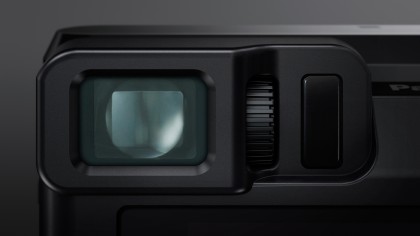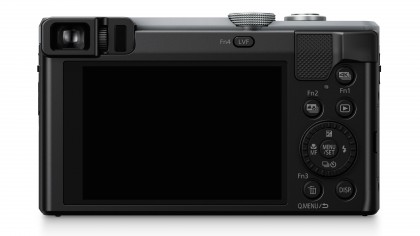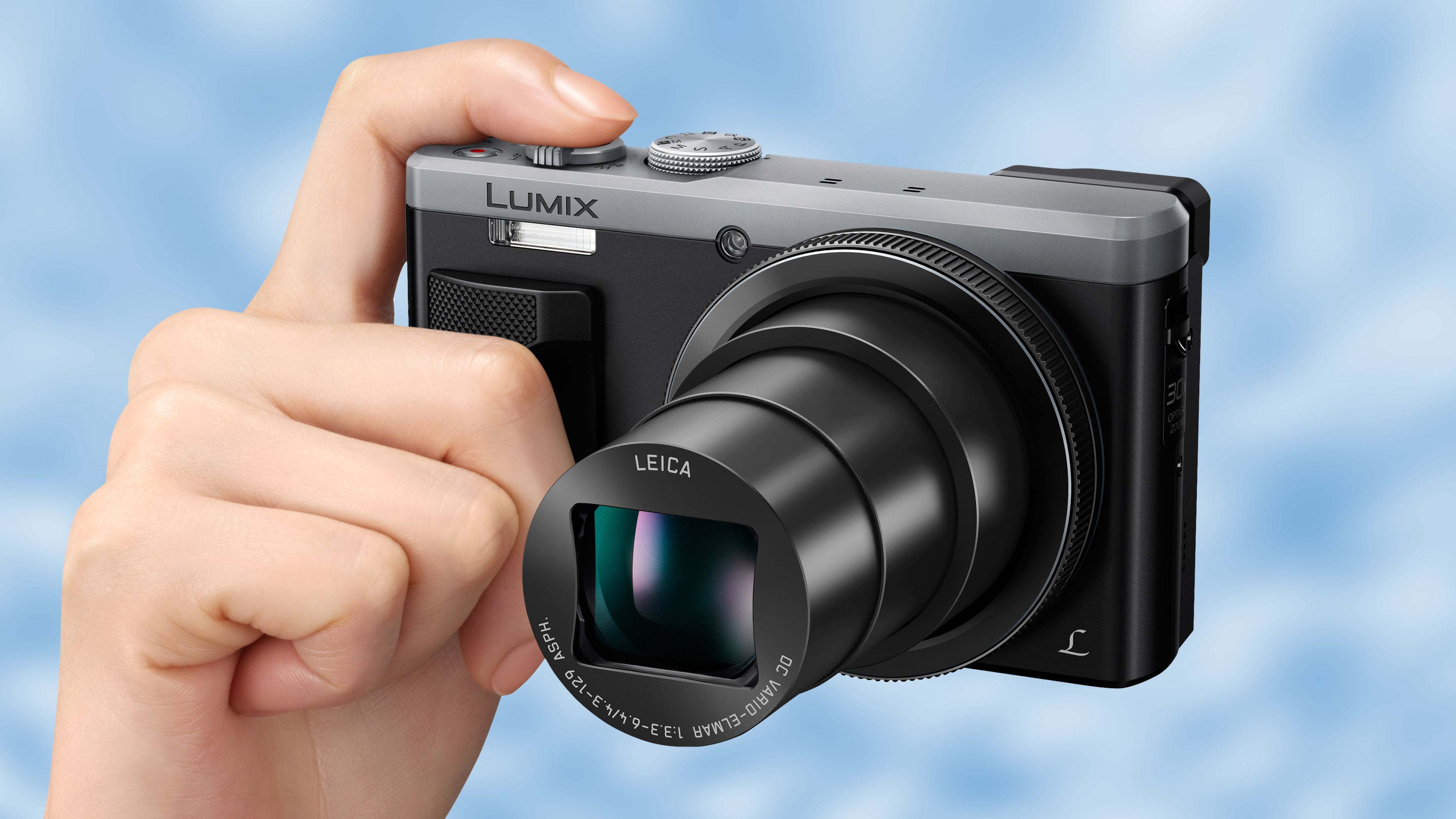Why you can trust TechRadar
The TZ80 is an attractive option not just for beginners, but for more advanced enthusiasts too. This second group of users should find the array of dials and buttons on the TZ80 quite appealing – these include a mode dial on top of the camera which reveals that the TZ80 is capable of shooting in manual and semi-automatic PASM modes. iA (Intelligent Auto) is a good shooting option for beginners.
There's a ring around the camera's len for adjusting certain controls (such as shutter speed in shutter priority) are altered by it, but you can customise it to adjust something else if you prefer. There's further good news for fans of customisable cameras as there are four physical function buttons on the rear of the TZ80, along with a further five "virtual" buttons which can be accessed via the touchscreen. The use of the rear scrolling dial can also be customised.
Hitting the Fn3 button will, by default, bring up the TZ80's quick menu. Here you'll find easy access to a number of common settings, such as white balance, ISO and metering mode. As touch sensitivity has been re-introduced for the TZ80, you can either tap the area on screen to change a setting or you can use physical buttons to navigate to the setting you need. Alternatively, you can use a combination of both touch and buttons, if you prefer.
Touch sensitivity is also handy for setting the autofocus point – a simple tap on the screen is all that's required to select the point you want to use.

The TZ80's viewfinder is quite small compared to the EVFs found on some compact system cameras. That small size makes it something you'll be unlikely to use for every shot, but it's nevertheless handy when the screen is hard to see in very bright sunlight. In normal light, the TZ80's screen provides a decent view and doesn't suffer too badly from reflections – it would have been quite nice to have a tilting or articulating display for some awkward angles though.
Post Focus mode has been introduced for the TZ80, something we've seen previously on Panasonic's compact system cameras. This essentially works by shooting a number of frames in very quick succession, each with a different focus point. After you've taken the shot, you can select from any of those focus points, thus altering the look of the image. It only works if both the camera and the subject is static, and with this camera's small sensor and a maximum aperture of f/3.5, the impact is less than when shooting with the larger sensor and wider aperture combinations available on Panasonic's mirrorless models.

Although use of Post Focus is arguably pretty limited, it is very easy to use, and could be useful for some subjects, such as macro shots, when for some reason you don't want to choose the focus point straightaway.
Amy has been writing about cameras, photography and associated tech since 2009. Amy was once part of the photography testing team for Future Publishing working across TechRadar, Digital Camera, PhotoPlus, N Photo and Photography Week. For her photography, she has won awards and has been exhibited. She often partakes in unusual projects - including one intense year where she used a different camera every single day. Amy is currently the Features Editor at Amateur Photographer magazine, and in her increasingly little spare time works across a number of high-profile publications including Wired, Stuff, Digital Camera World, Expert Reviews, and just a little off-tangent, PetsRadar.

